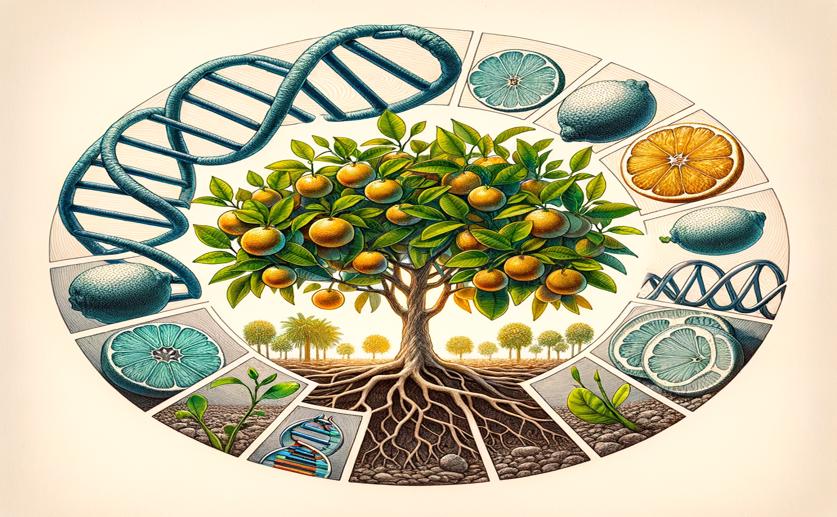
Gene FhRWP Influences Various Developmental Traits in Citrus Reproduction
Greg Howard
17th June, 2024

Image Source: Natural Science News, 2024
Key Findings
- The study from Huazhong Agricultural University focused on the fast-growing Fortunella hindsii to explore chromatin accessibility during nucellar embryony initiation
- Polyembryonic genotypes showed higher chromatin accessibility in the promoter region of the FhRWP gene, leading to increased expression of the gene
- Reducing FhRWP expression decreased the number of nucellar embryos, while overexpressing it induced embryogenic callus formation, highlighting its role in plant development and embryogenesis
References
Main Study
1) Adventitious embryonic causal gene FhRWP regulates multiple developmental phenotypes in citrus reproduction.
Published 16th June, 2024
https://doi.org/10.1111/tpj.16870
Related Studies
2) BABY BOOM regulates early embryo and endosperm development.
3) Ectopic expression of BABY BOOM triggers a conversion from vegetative to embryonic growth.
Journal: The Plant cell, Issue: Vol 14, Issue 8, Aug 2002
4) ABA signalling promotes cell totipotency in the shoot apex of germinating embryos.
5) Callus, Dedifferentiation, Totipotency, Somatic Embryogenesis: What These Terms Mean in the Era of Molecular Plant Biology?



 19th May, 2024 | Jenn Hoskins
19th May, 2024 | Jenn Hoskins